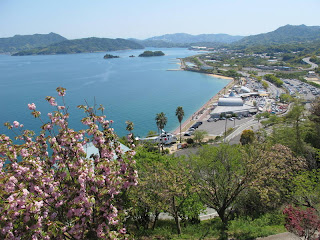The FT columnist, Martin Wolf has come up with the all-time-favourite Aesops fable to explain the ongoing "global financial crisis".
In this version, ants are Germans, Chinese and Japanese, while the grasshoppers are American, British, Greek, Irish and Spanish.
Ants produce enticing goods grasshoppers want to buy. The latter ask whether the former want something in return. “No,” reply the ants. “You do not have anything we want, except, maybe, a spot by the sea...”In the end...
...the leader of China’s nest tells America: “We, your creditors, insist you stop borrowing, just as European grasshoppers are now doing.” The leader of the American colony laughs: “We did not ask you to lend us this money. In fact, we told you it was a folly. We are going to make sure American grasshoppers have jobs. If you do not want to lend us money, raise the price of your currency. Then we will make what we used to buy and you will no longer have to lend to us.” So America teaches creditors a lesson from a dead sage: “If you owe your bank $100, you have a problem; but if you owe $100m, it does.”The story is obviously an over-simplification. But it has provoked comments that are even more interesting.
The Chinese leader does not want to admit that his nest’s huge pile of American debt is not going to be worth what it cost. Chinese people also want to go on making cheap goods for foreigners. So China decides to buy yet more American debt, after all. But, decades later, the Chinese finally say to the Americans: “Now we would like you to provide us with goods in return for your debt to us. Thereupon, the American grasshoppers laugh and promptly reduce the debt’s value. The ants lose the value off their savings and some of them then starve to death.
What is the moral of this fable? If you want to accumulate enduring wealth, do not lend to grasshoppers.
...................................................................................................
Full Article:
Wolf, Martin (2010), The Grasshoppers and The Ants - A Modern Fable, Financial Times, 25 May 2010 - http://www.ft.com/cms/s/0/202ed286-6832-11df-a52f-00144feab49a.html













































